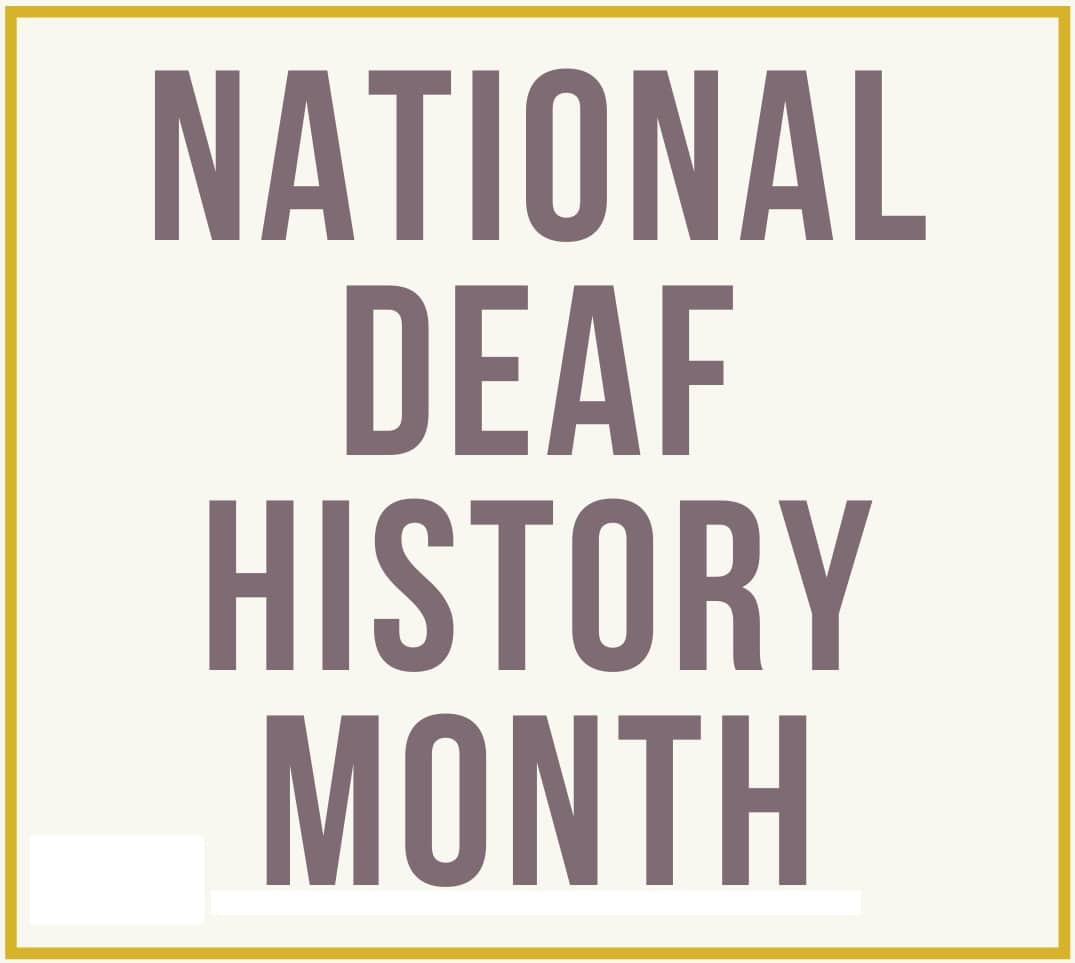This year, the National Association of the Deaf (NAD) announced National Deaf History Month will take place April 1st through April 30th. Deaf History Month celebrates the history of deaf culture and the many achievements made by individuals who are deaf or hard-of-hearing.
Traditionally occurring March 13 through April 15 to mark important dates for Deaf education, this year’s change signifies a focus on celebrating history and culture both inside and outside the academic realms. With that focus in mind, we at VITAC are celebrating with a recap of some of the recent milestones in representation and resources for further reading on Deaf culture and history.
Recent years have been historical for greater representation in media and entertainment. Hollywood has begun writing a new script focused on inclusion. Among those leading the push for stronger representation and accessibility are members of the deaf and hard-of-hearing community.
Advocacy efforts by stars like Oscar-winning actress Marlee Matlin and Marvel’s Lauren Ridloff ─ as well as movies like “CODA,” “The Sound of Metal,” and “A Quiet Place” and television programs like “Hawkeye” and “Only Murders in the Building” featuring deaf themes and actors who are deaf ─ have helped spotlight the importance of both representation on-screen and off-screen access for all.
These movies and programs have earned rave reviews for their stories, characters, and portrayals, demonstrating a deep need for these stories within the cultural zeitgeist. And the trend towards more representation and inclusivity appears to be one that will continue. Gallaudet alum Jules Dameron wrote and will direct the film currently casting with the title “Deaf President Now.” Set in 1988 at Gallaudet University, the film will recount the historical events surrounding the appointment of the 124-year-old university’s first deaf president.
Those involved in the project aim to ensure that the representation on-screen is also reflected behind the scenes. “We intend this to be the first mainstream film to be fully integrated with a deaf-oriented crew and set,” says one of the film’s producers, Steven Posen. The film’s announcement brings the focus back to the historic moments in deaf history with the appointment of I. King Jordan.
Gallaudet University is a liberal arts institution dedicated to the education of students who are deaf and hard-of-hearing. Founded in 1864, the university has a long history of its own and even has a museum dedicated to preserving the history of individuals who are deaf and hard-of-hearing, as well as the history of Deaf culture. The museum’s resources guide provides an extensive collection of ways to learn about deaf history and culture and ample evidence that while work towards increased equity and inclusivity has come a long way, there is still a long way to go.
While vital accessibility solutions like closed captions have ensured equitable access to television programming for more than 40 years, recent lawsuits have shown that new mediums for dispensing entertainment and education don’t always consider equitable access before launching. Deaf History Month is a reminder that equity and inclusion in the design and creation of programs and facilities and educational, entertainment, and recreational communications and materials broadens our world.




